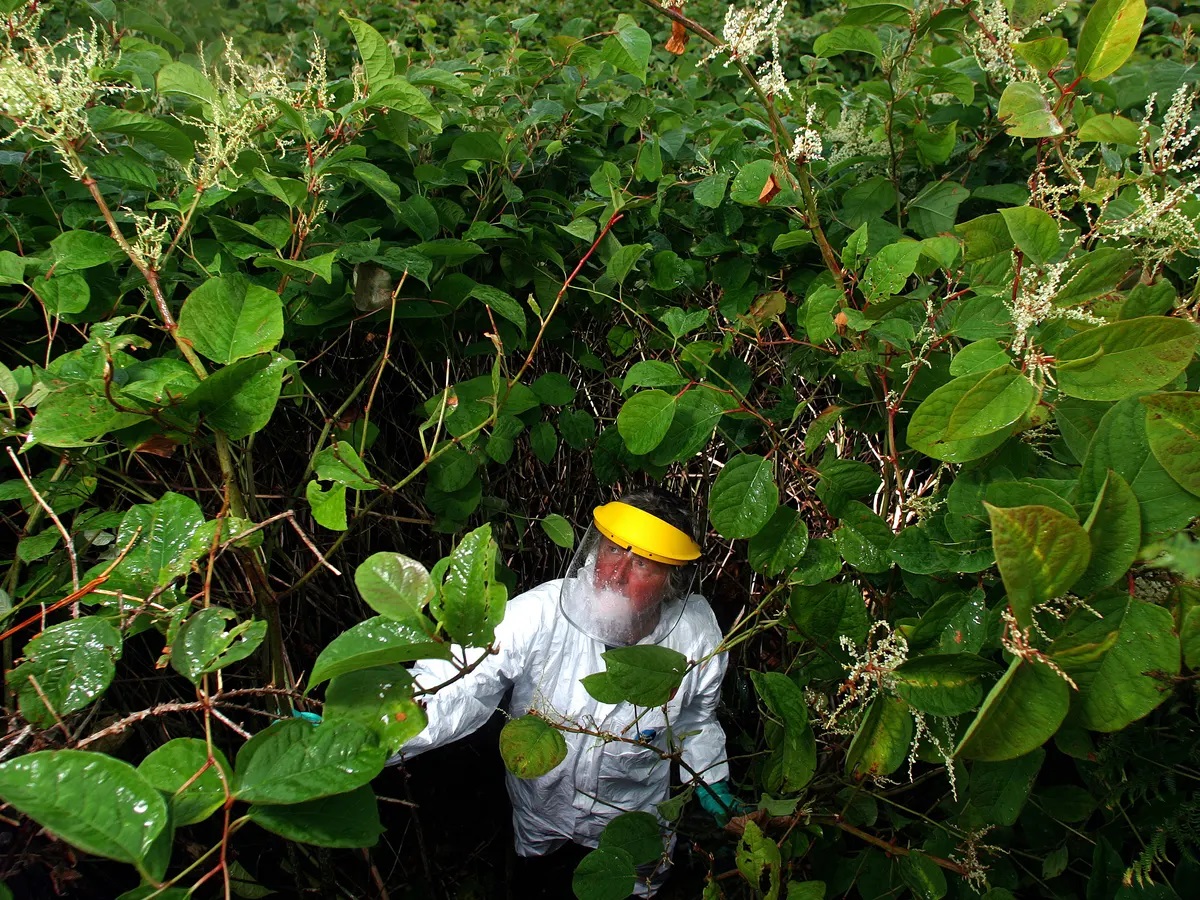Japanese Knotweed, scientifically known as Fallopia japonica, is an invasive species that poses significant challenges across various landscapes. Its robust growth can damage buildings, roads, and natural habitats, making its management a critical task for both urban and rural settings. However, the strategies to control this invasive plant vary significantly depending on the environment. This post explores effective management techniques for Japanese Knotweed in both urban and rural scenarios, highlighting the importance of specialized approaches like Japanese knotweed surgery
Urban Management Strategies
Japanese Knotweed presents unique challenges in urban areas due to the dense infrastructure and limited open spaces. Effective management strategies include:
Chemical Treatment:
Urban settings often resort to chemical treatments as a primary control method. Applying glyphosate-based herbicides can be effective but requires multiple treatments over several years to eradicate the plant completely. This method needs careful application to minimize impact on surrounding vegetation and wildlife.
Physical Barriers:
To prevent the spread of Japanese Knotweed, physical barriers can be installed deep into the ground. These root barriers are made from impermeable materials, designed to contain the spread of the plant’s rhizomes, thus protecting buildings and other structures from damage.
Excavation and Disposal:
In cases where immediate removal is necessary, excavation of the affected area can be performed. However, this method is costly and requires careful disposal of the plant material to prevent further spread, often involving licensed landfill sites equipped to handle invasive species.
Rural Management Strategies
In rural settings, the approach to managing Japanese Knotweed can take advantage of larger open spaces and the ability to implement long-term strategies.
Grazing:
Certain livestock, such as goats, have shown to be effective in controlling Japanese Knotweed by grazing on the plant. This eco-friendly method can be an effective part of an integrated management plan, especially in large, open areas.
Biological Control:
Biological control involves the introduction of natural predators of the knotweed from its native habitat. For instance, the release of specific species of psyllid (Aphalara itadori) has been researched as a method to control the spread of knotweed by reducing its growth and reproductive capability.
Community Management Programs:
Rural areas can benefit from community-wide management programs that focus on education, early detection, and coordinated control efforts. These programs encourage reporting of new sightings and collective action to manage outbreaks, reducing the plant’s spread across larger landscapes.
Comparison and Considerations
While urban and rural environments require tailored approaches to Japanese Knotweed management, both share common goals: preventing spread, protecting property, and preserving the native ecosystem. Urban strategies often focus on immediate containment and removal due to the high risk of structural damage, while rural approaches can integrate longer-term, sustainable methods such as grazing or biological control.
Regardless of the setting, early detection and prompt action are key to effectively managing Japanese Knotweed. Awareness and education about the plant, its impact, and control methods are essential for both urban and rural communities. Furthermore, professional consultation, such as Japanese knotweed surgery from knotweeduk.com, can provide specialized advice and treatment options tailored to specific environments and situations.
Conclusion
Managing Japanese Knotweed requires a strategic approach that considers the unique challenges presented by urban and rural environments. By combining immediate action with long-term management strategies, communities can protect their landscapes from the damaging effects of this invasive species. Whether through chemical treatments, physical barriers, grazing, or biological control, the fight against Japanese Knotweed is ongoing, requiring the collaboration of individuals, communities, and professionals to achieve success.






